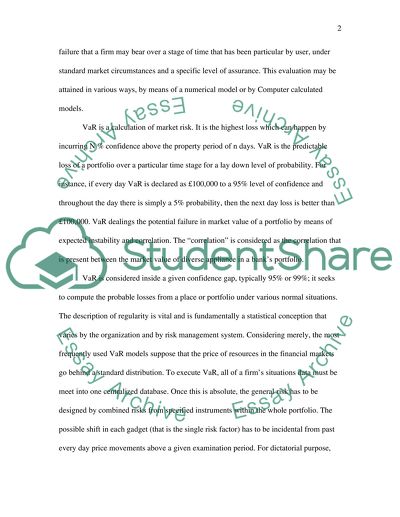Cite this document
(“Analysis of the Value at Risk (VaR) of a Portfolio of 4 Shares Essay”, n.d.)
Retrieved from https://studentshare.org/finance-accounting/1394370-analysis-of-the-value-at-risk-var-of-a-portfolio
Retrieved from https://studentshare.org/finance-accounting/1394370-analysis-of-the-value-at-risk-var-of-a-portfolio
(Analysis of the Value at Risk (VaR) of a Portfolio of 4 Shares Essay)
https://studentshare.org/finance-accounting/1394370-analysis-of-the-value-at-risk-var-of-a-portfolio.
https://studentshare.org/finance-accounting/1394370-analysis-of-the-value-at-risk-var-of-a-portfolio.
“Analysis of the Value at Risk (VaR) of a Portfolio of 4 Shares Essay”, n.d. https://studentshare.org/finance-accounting/1394370-analysis-of-the-value-at-risk-var-of-a-portfolio.


